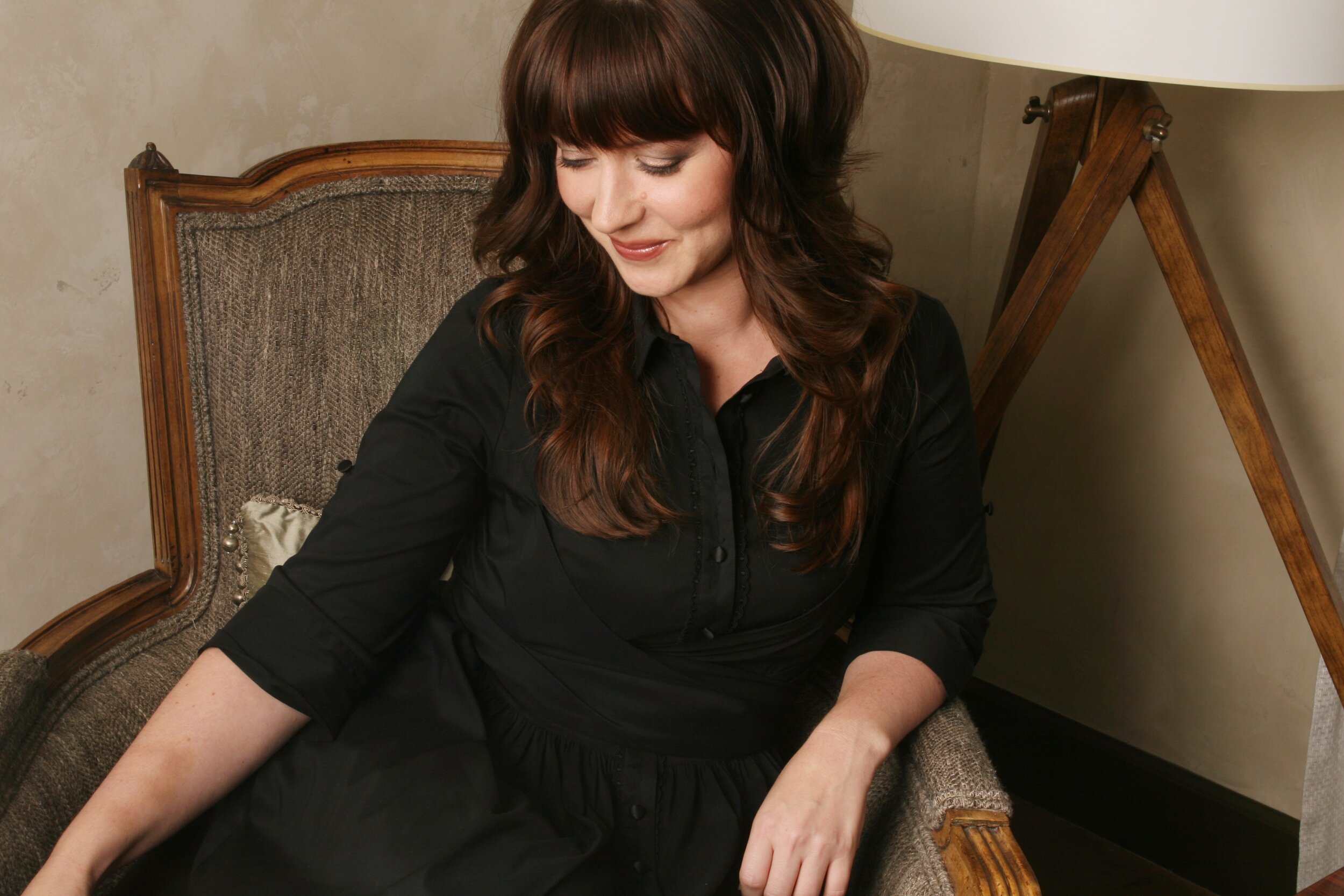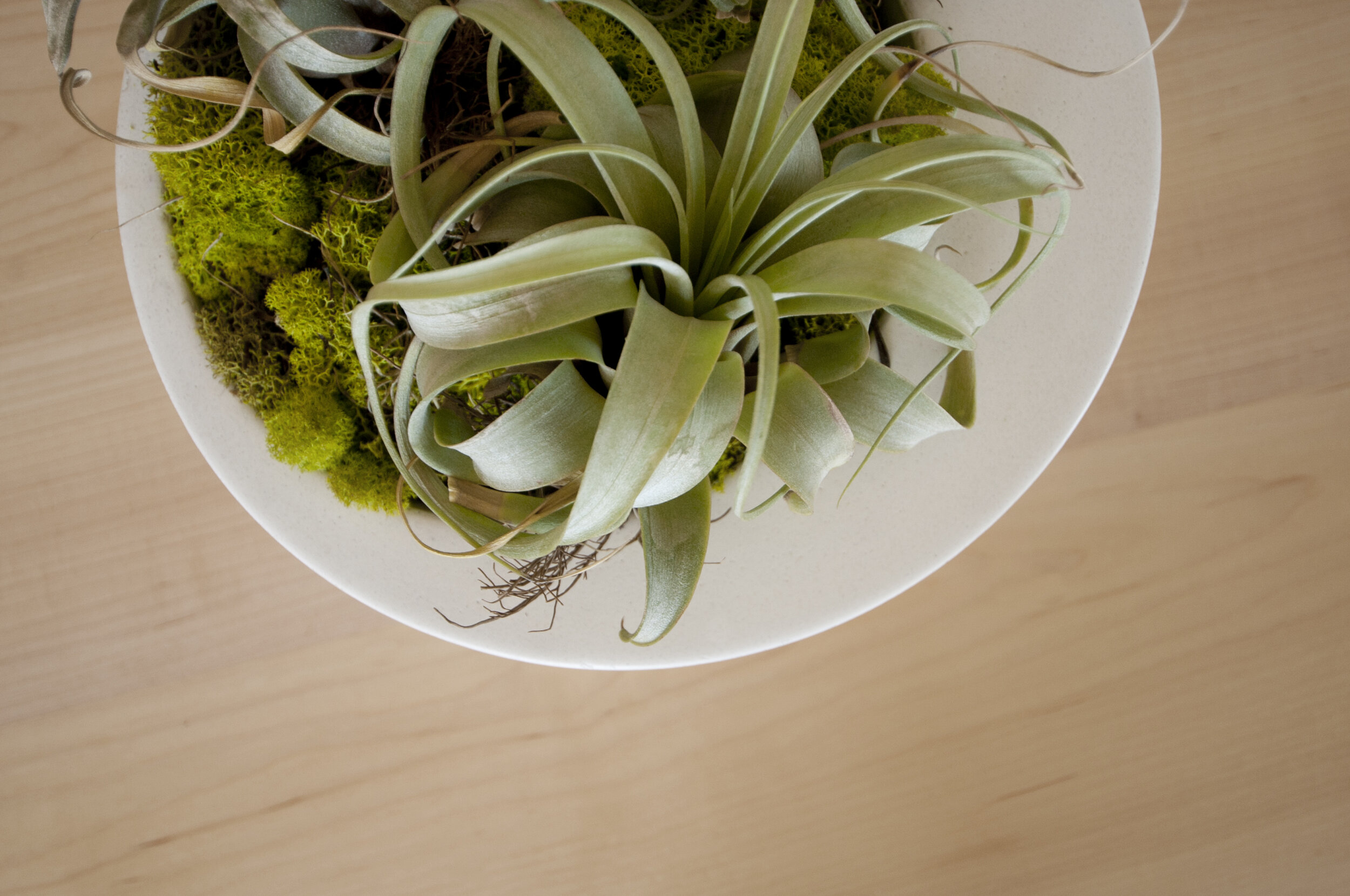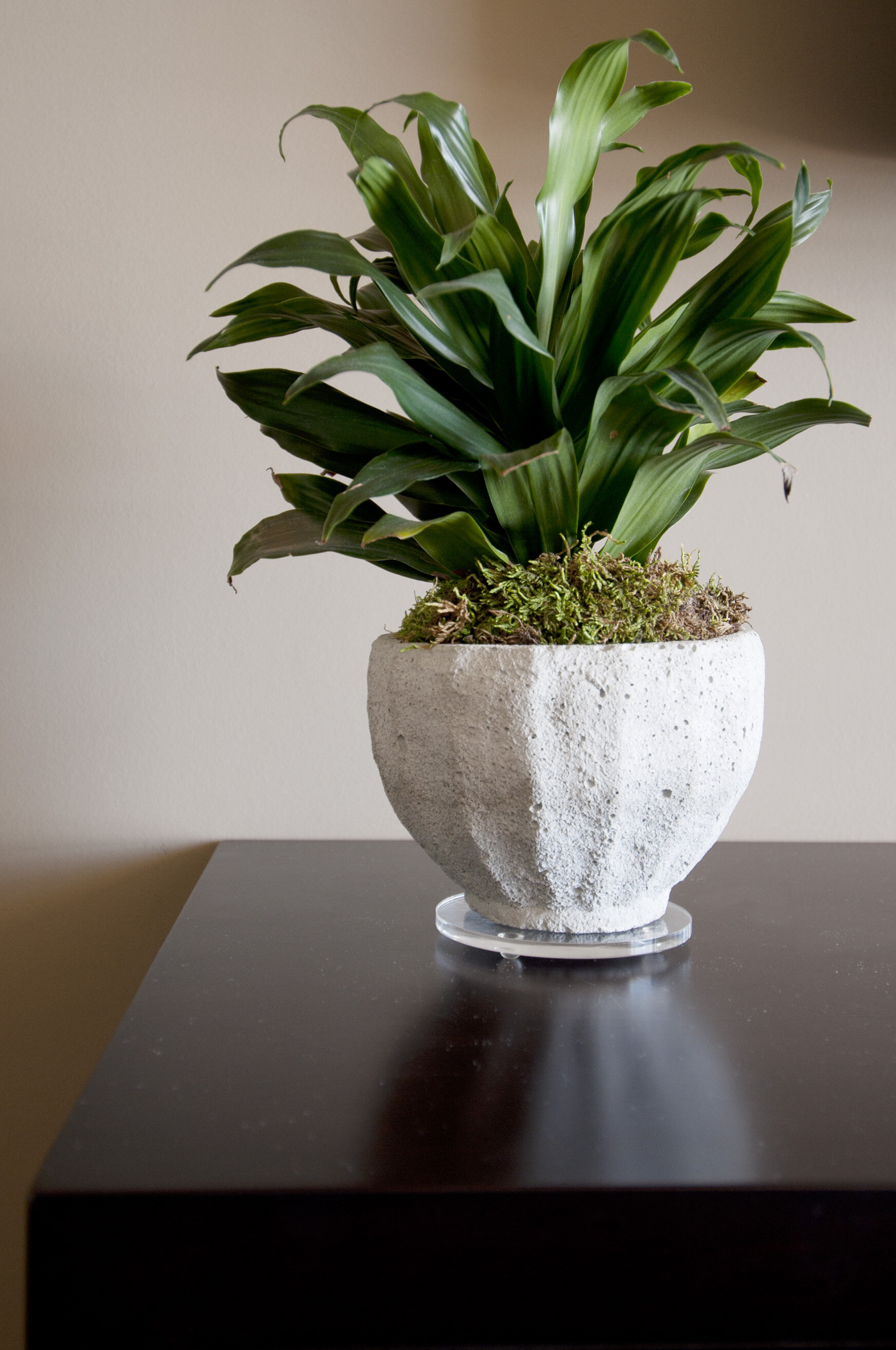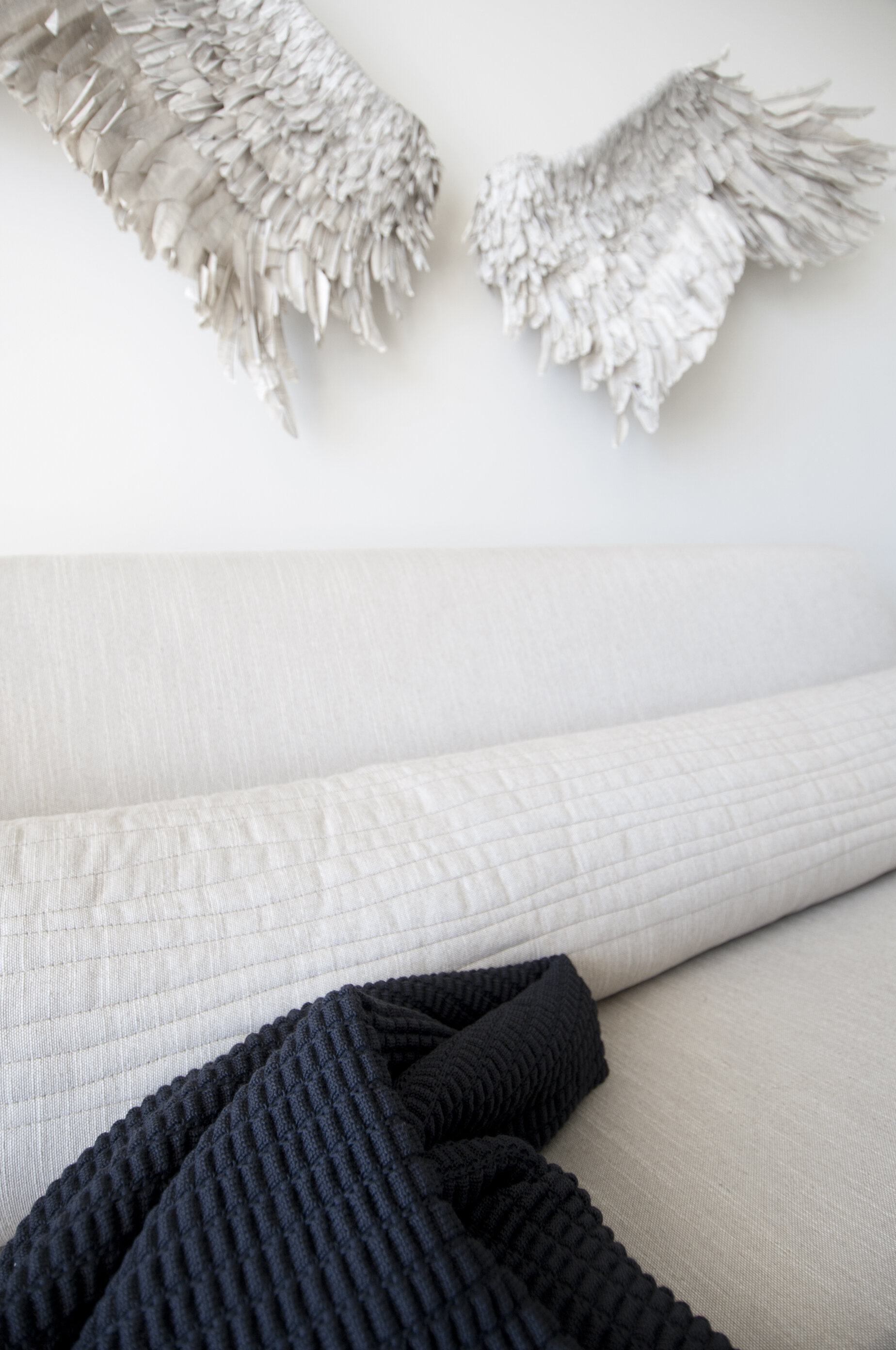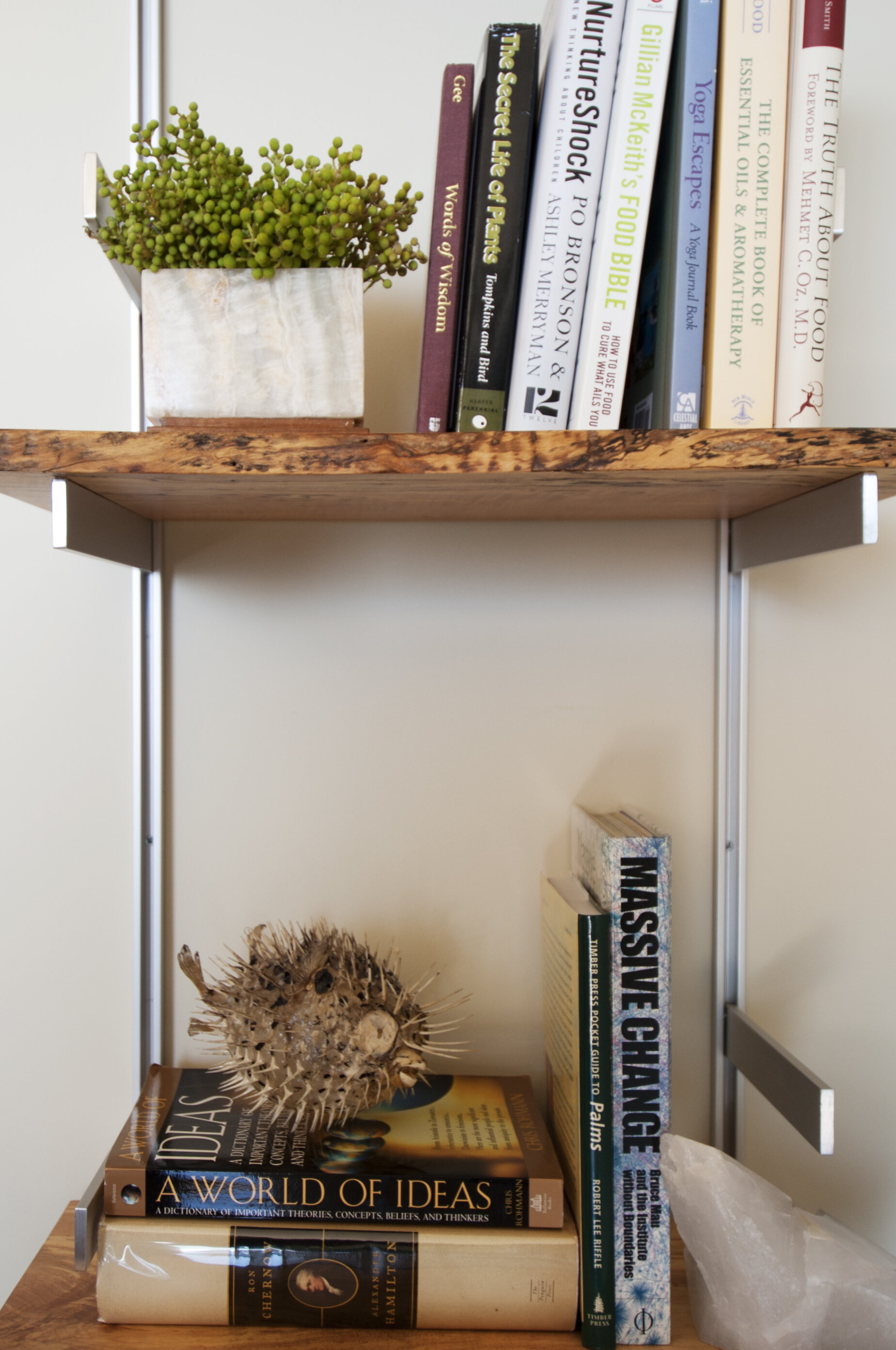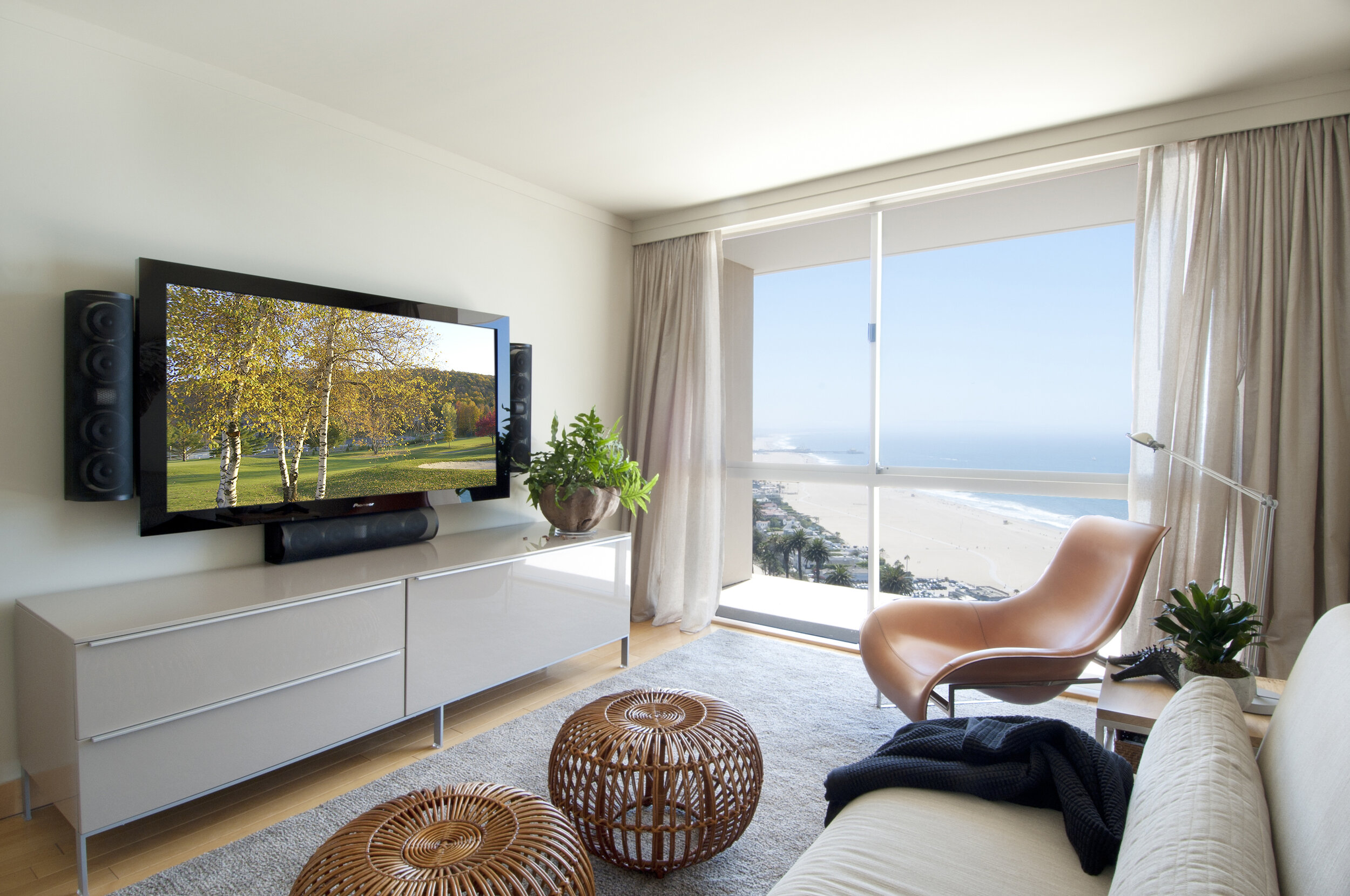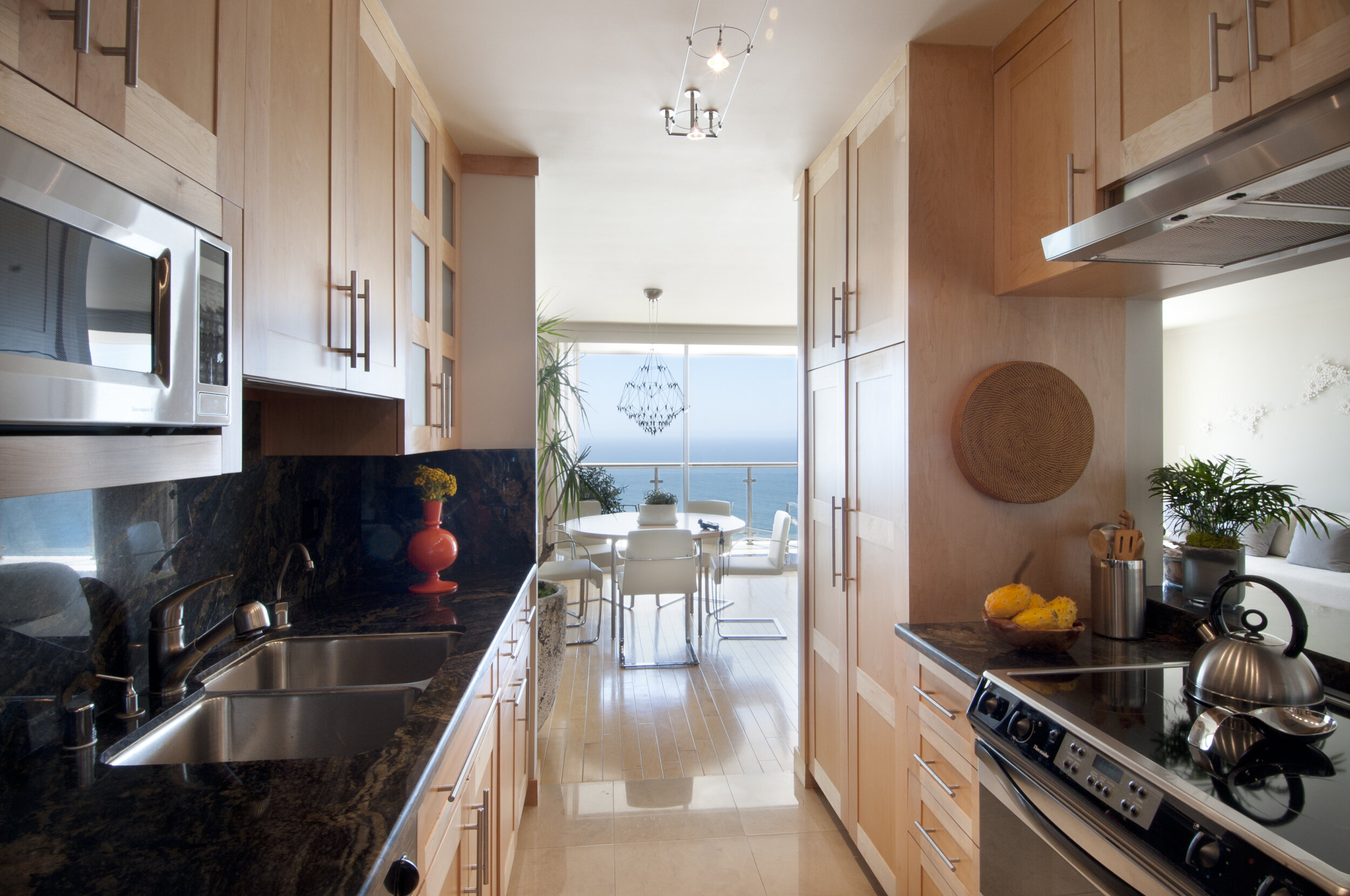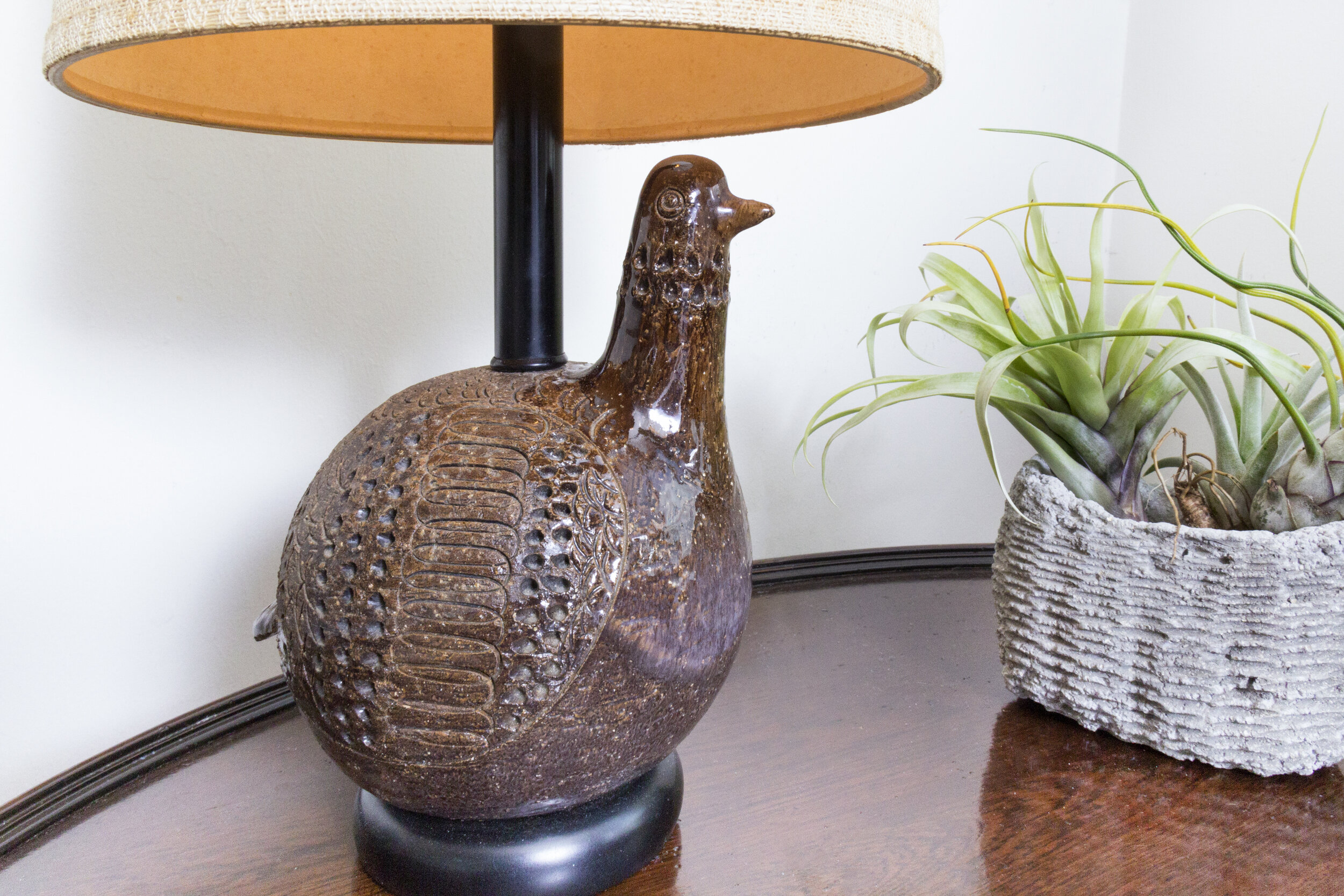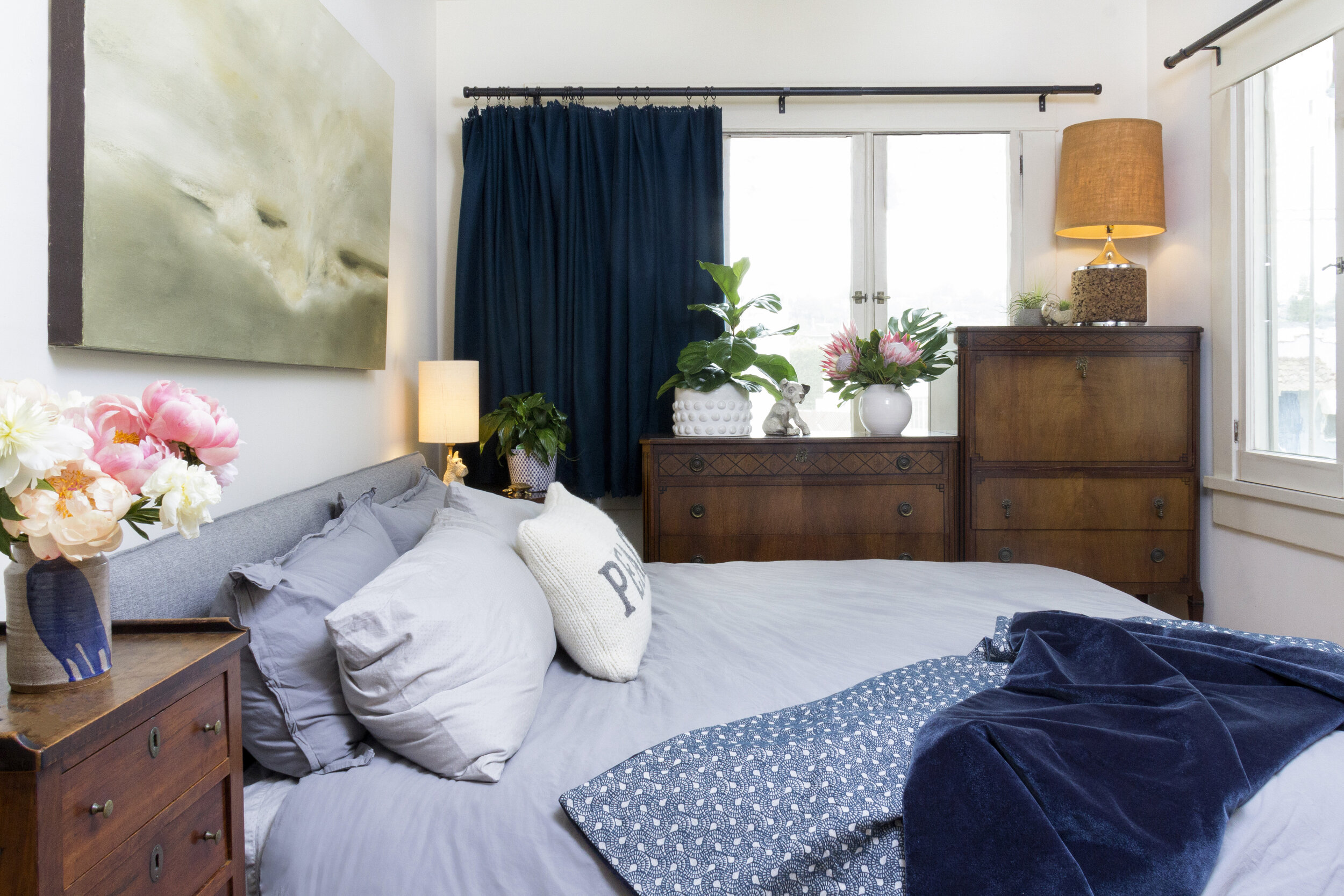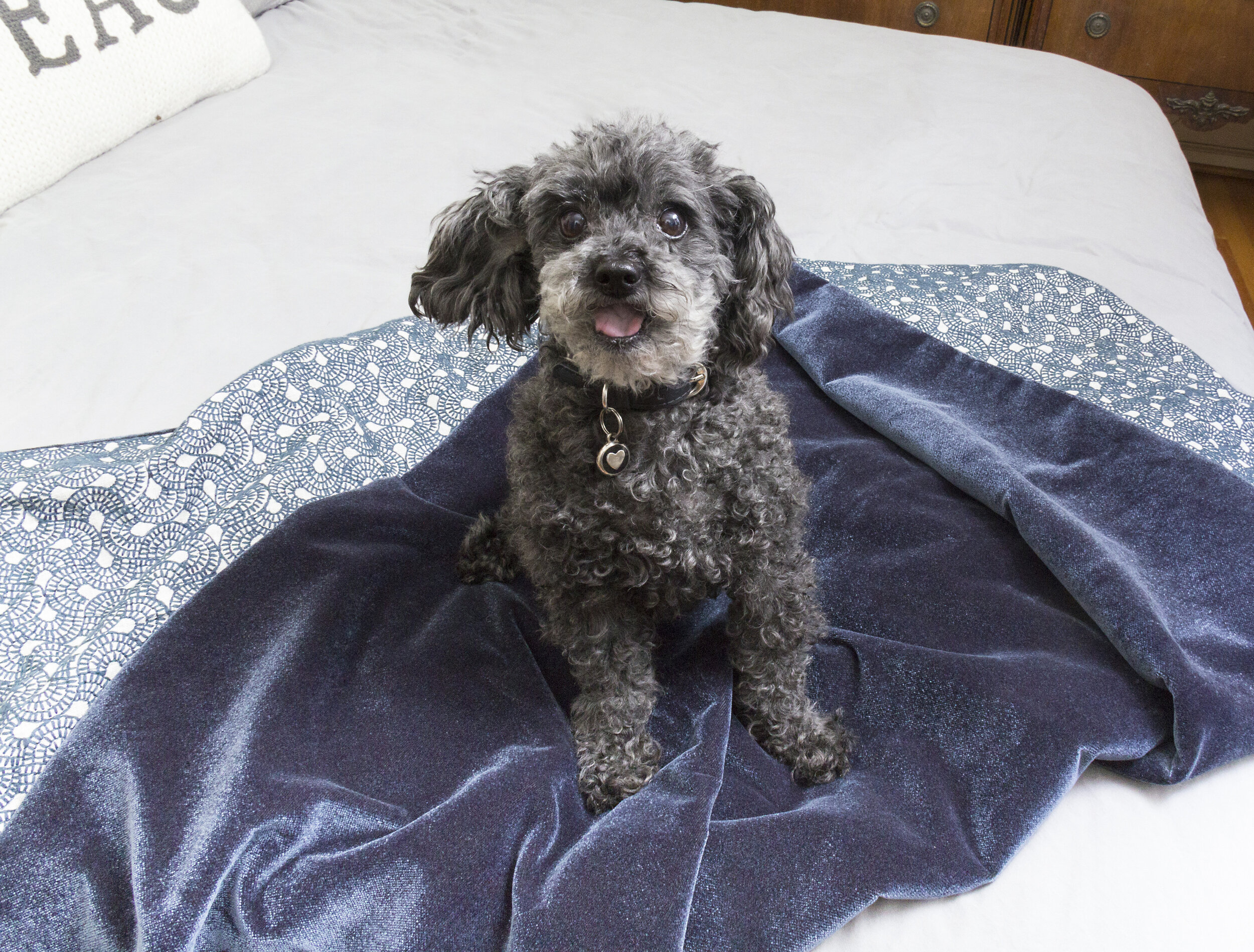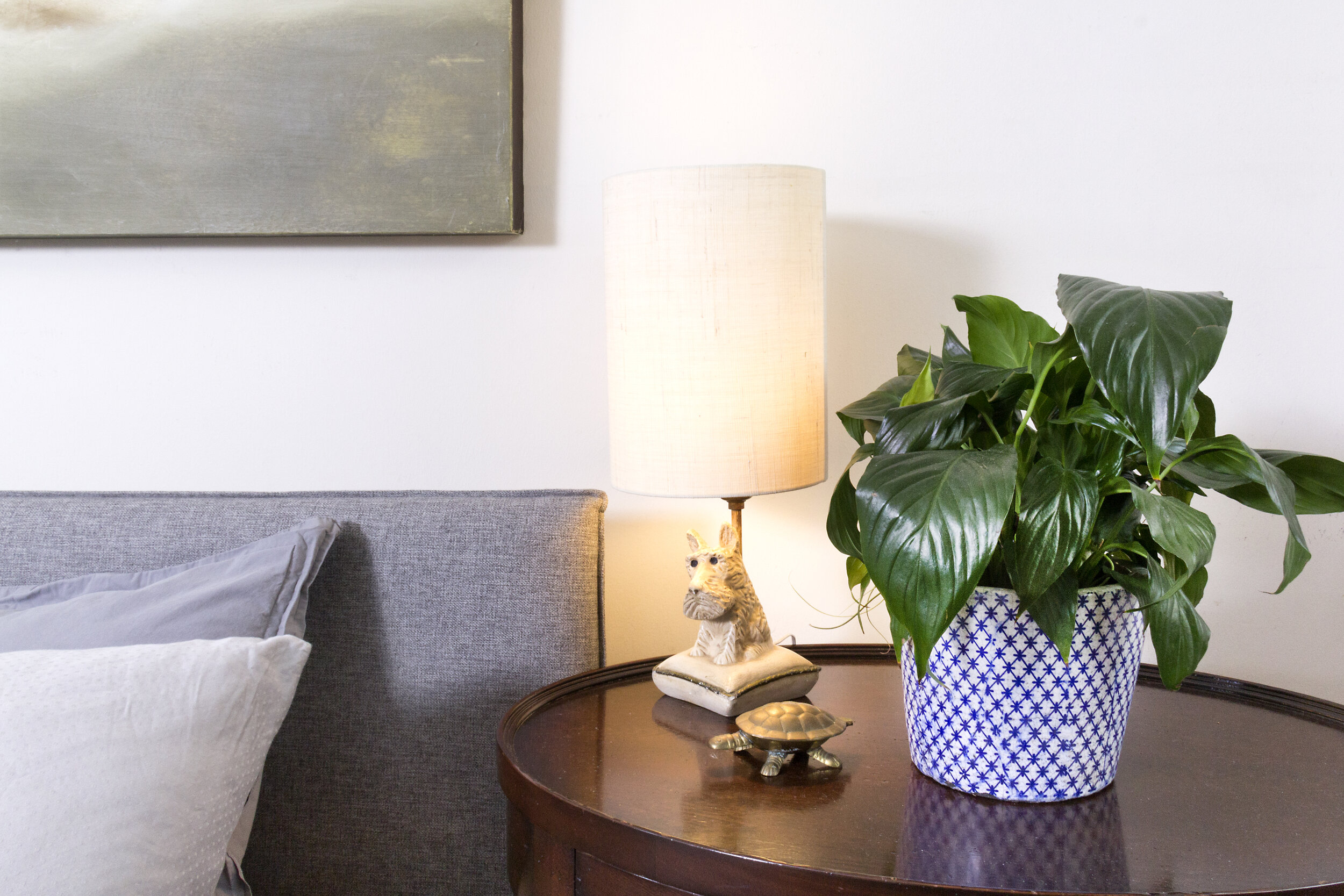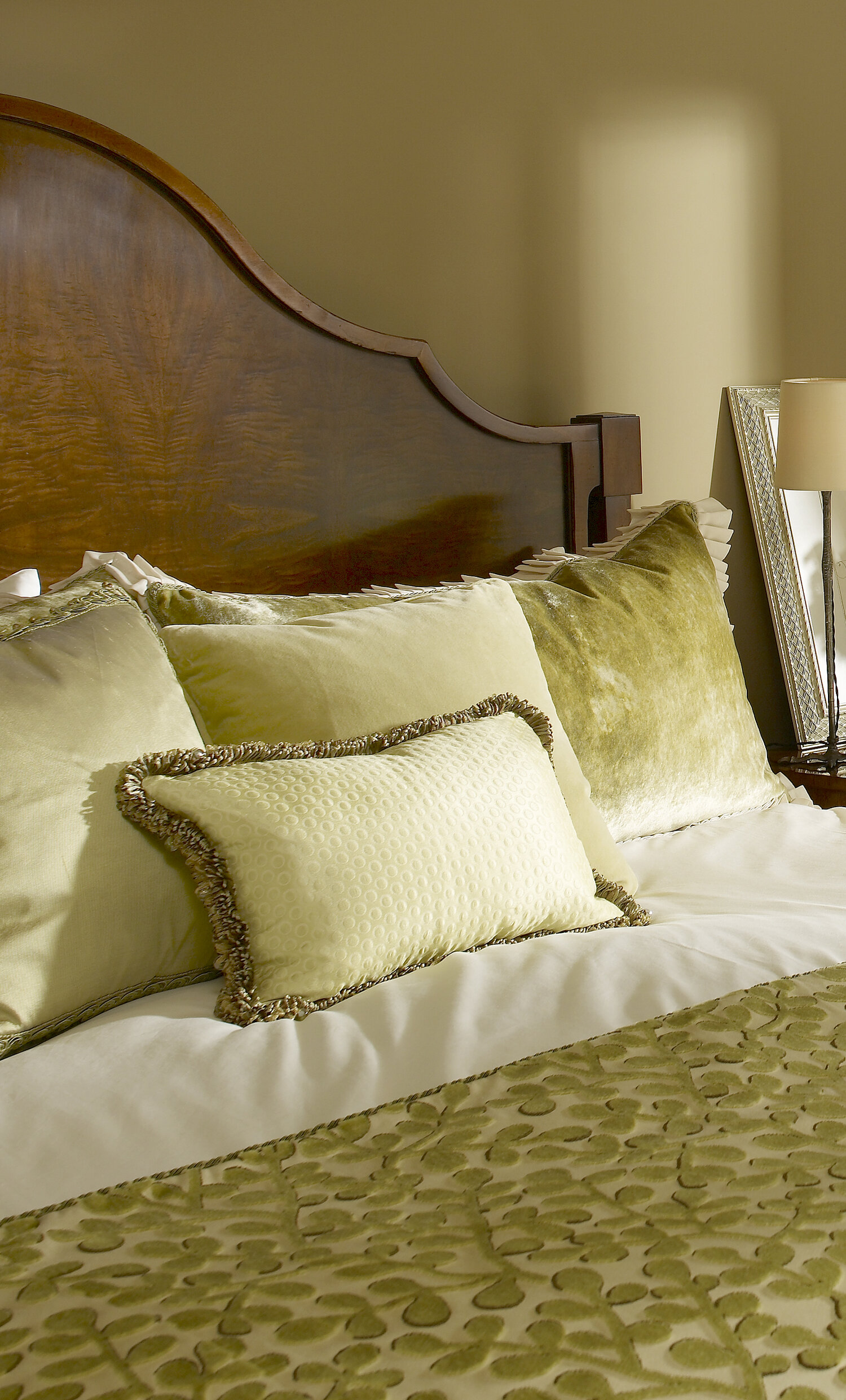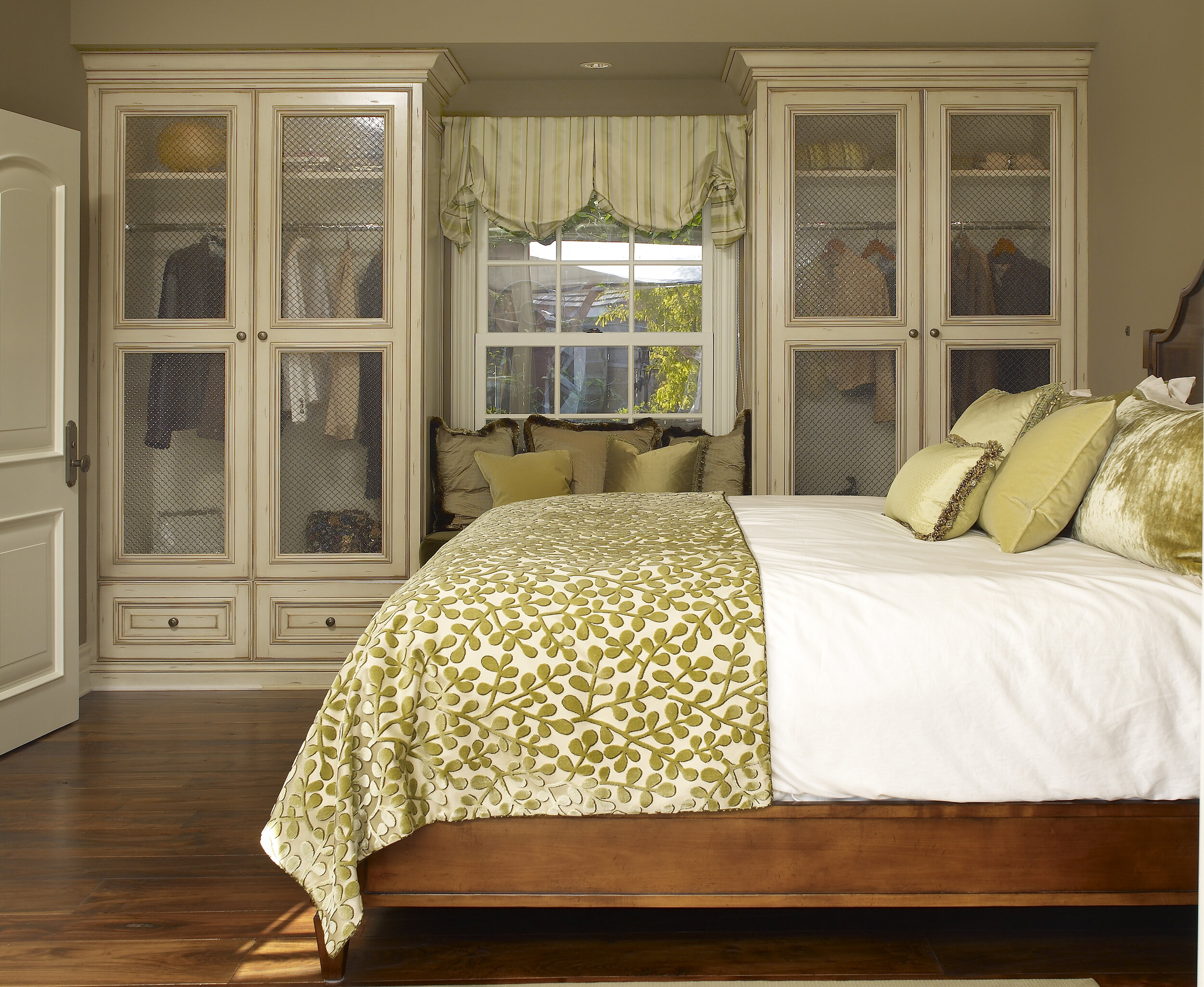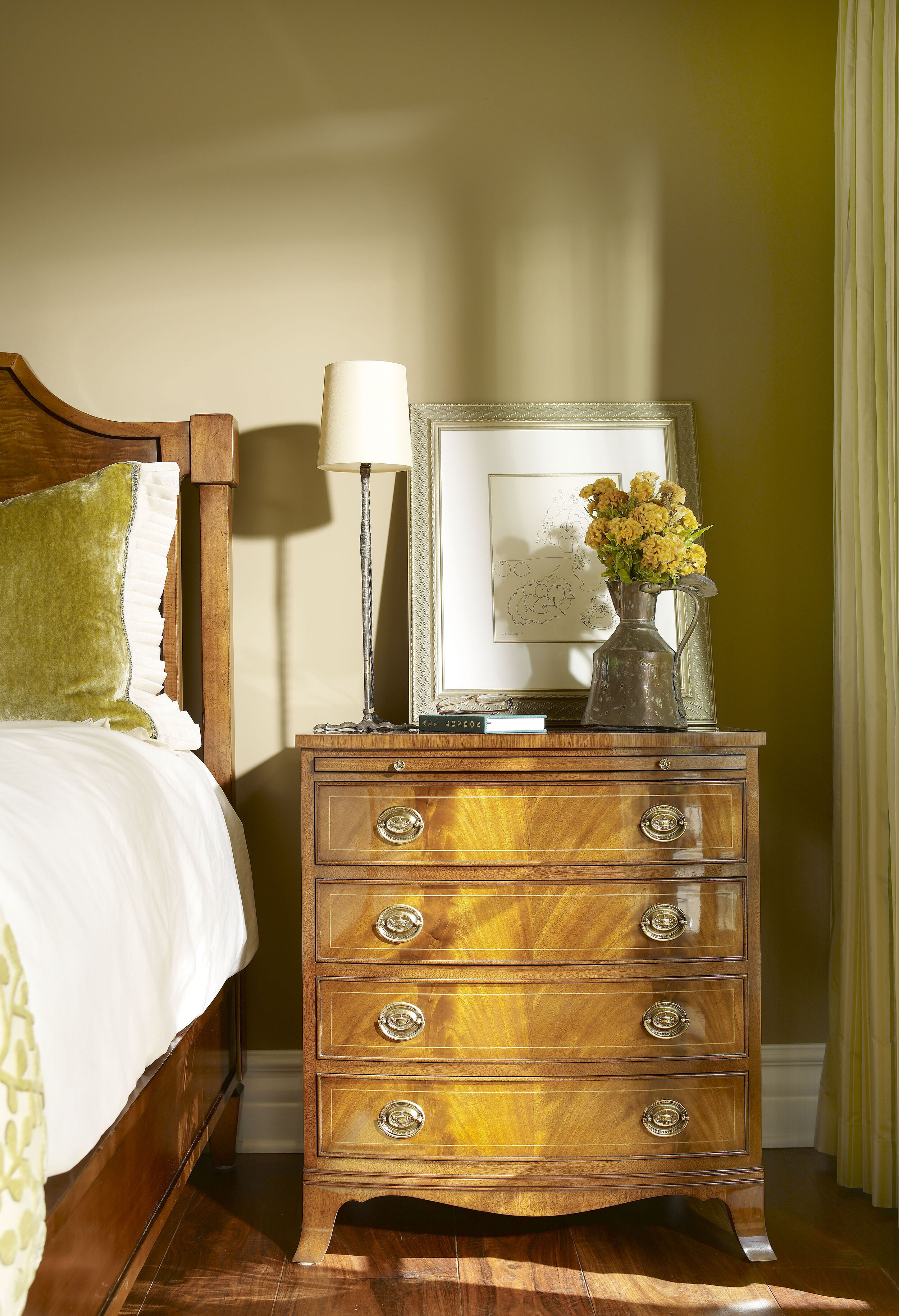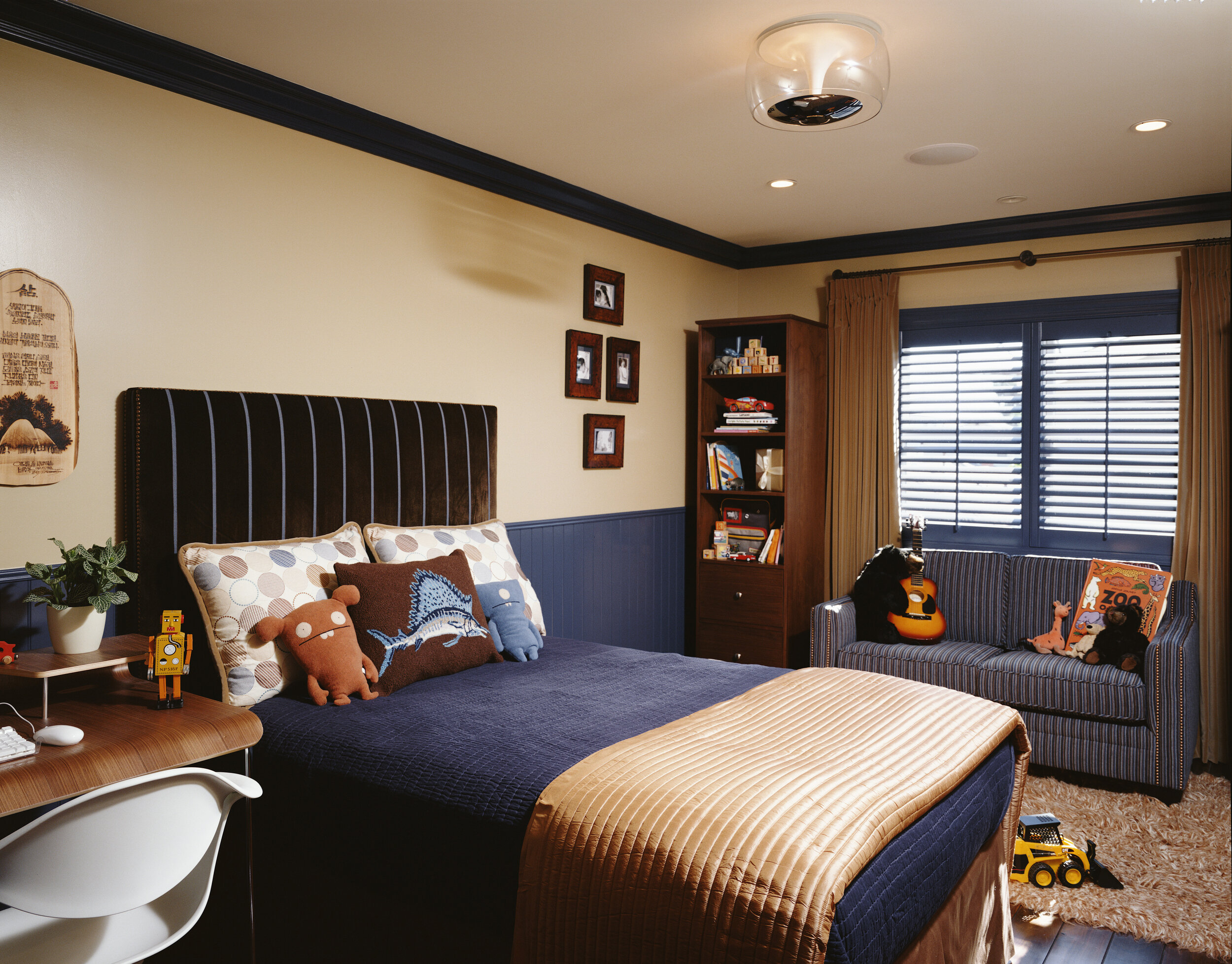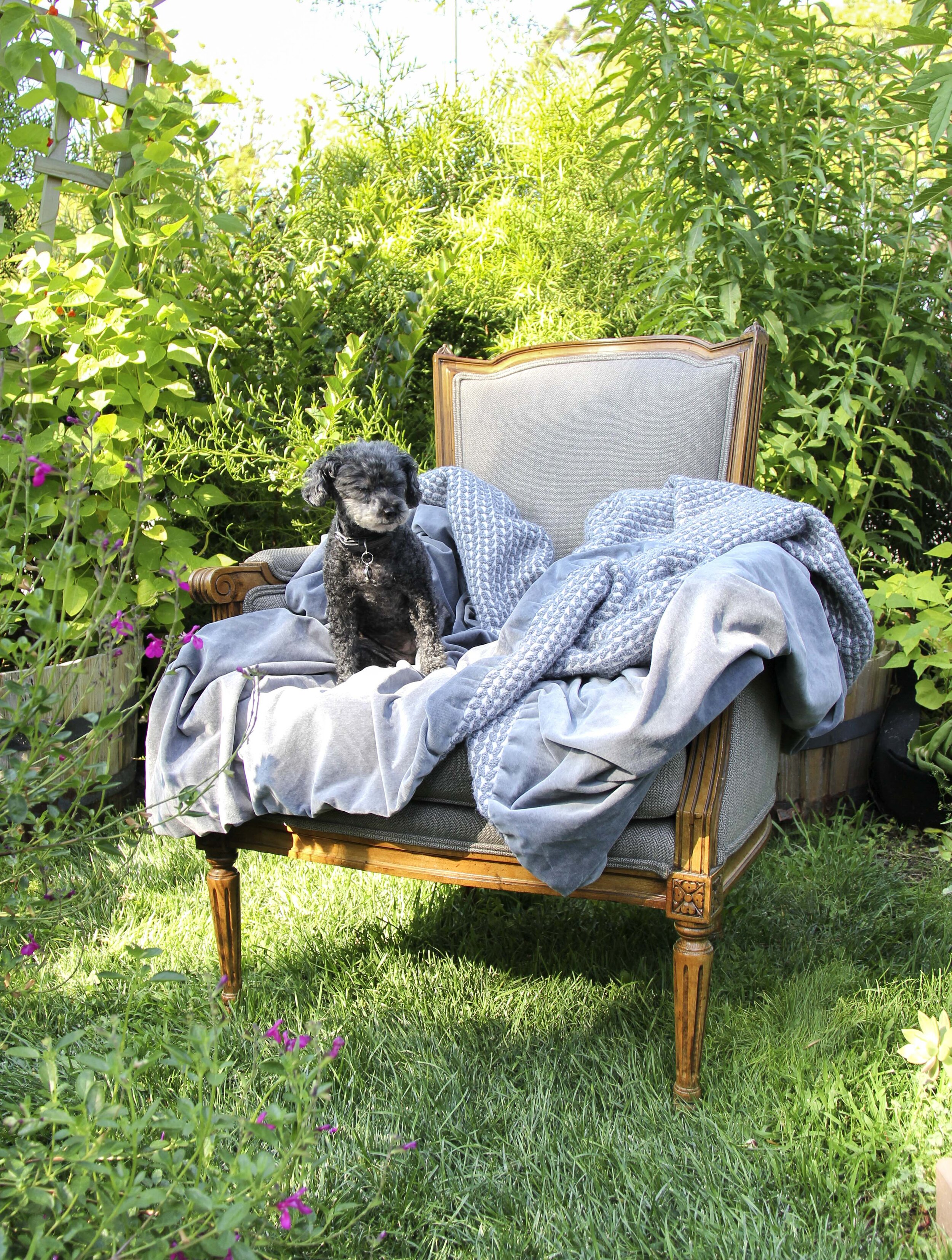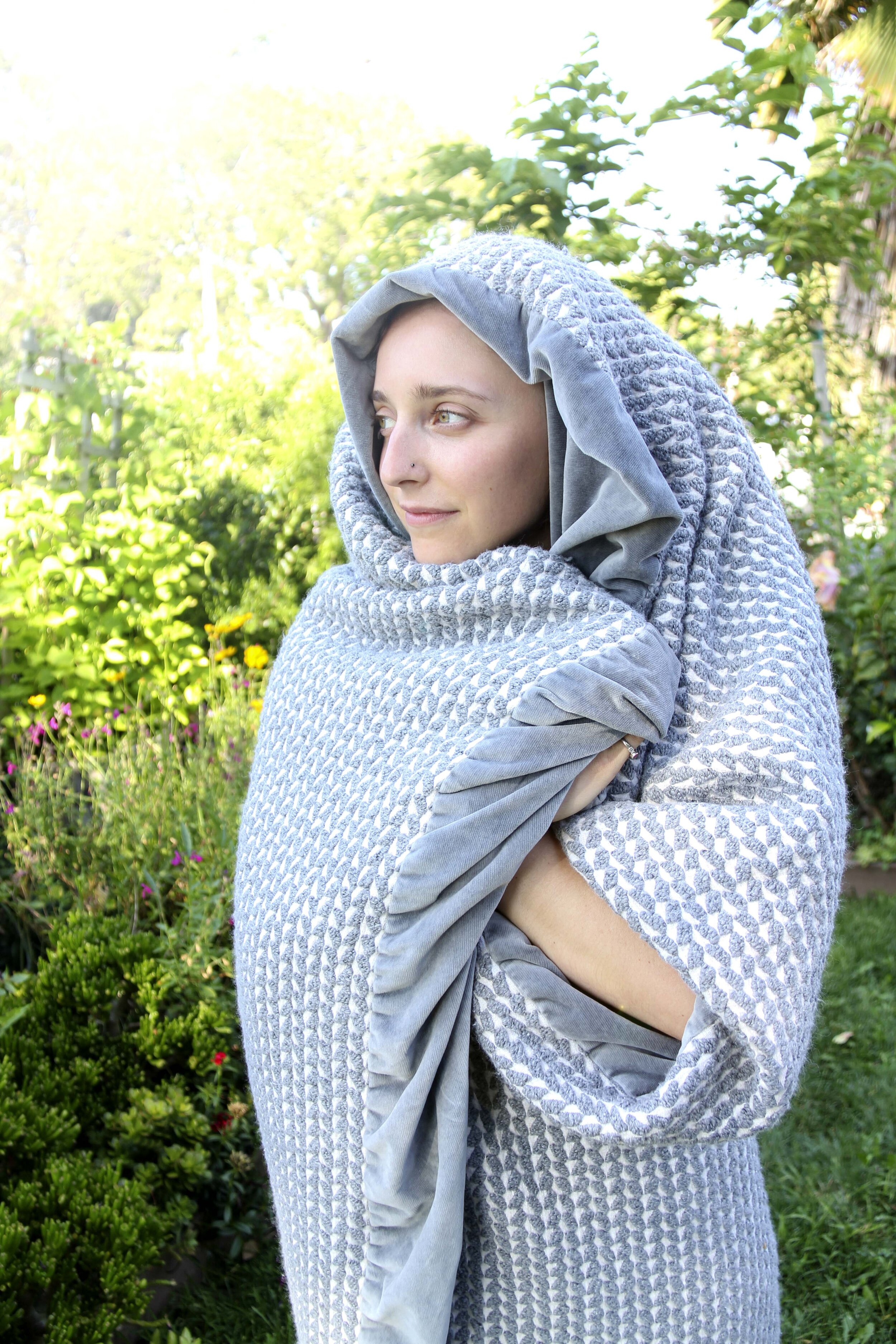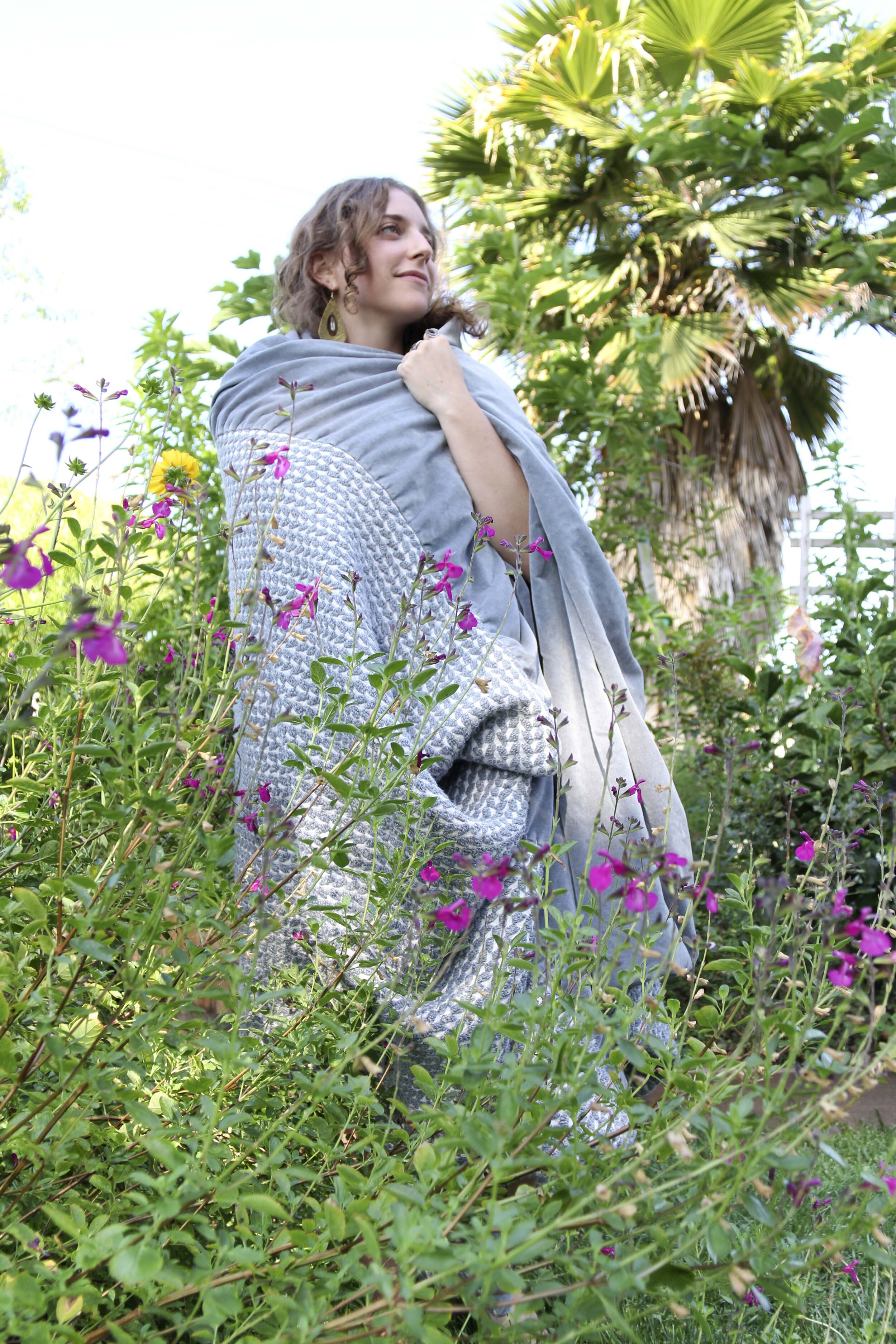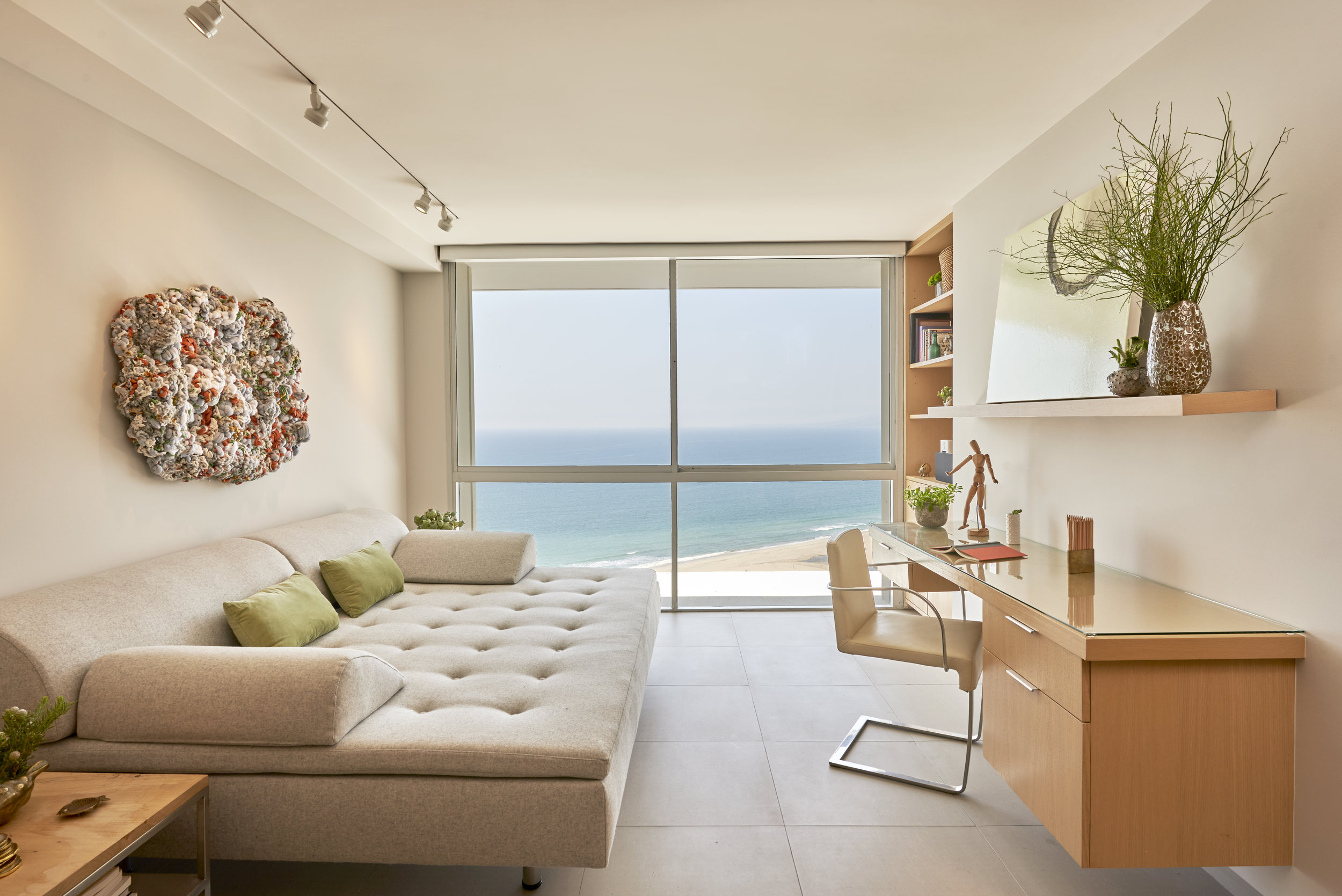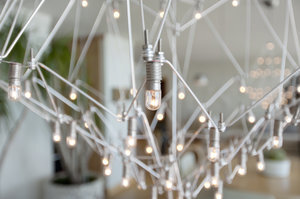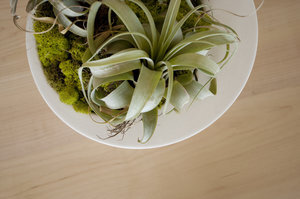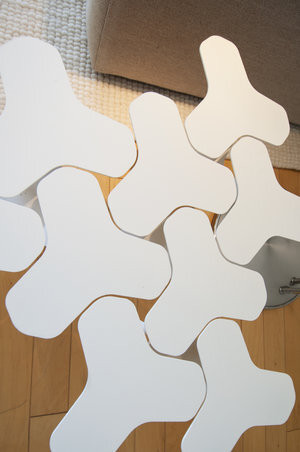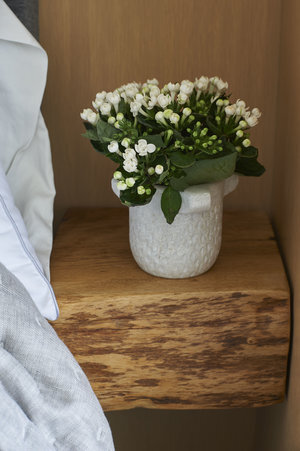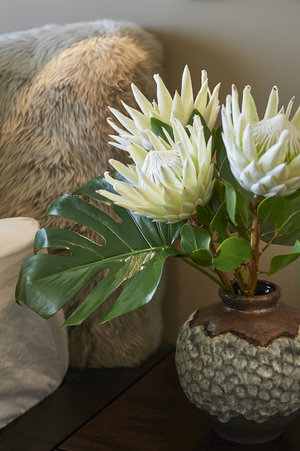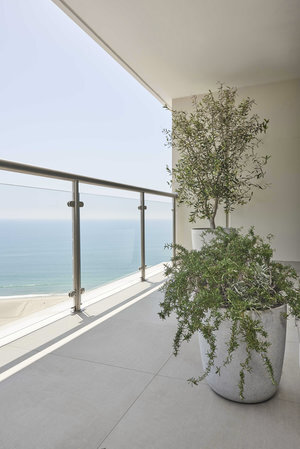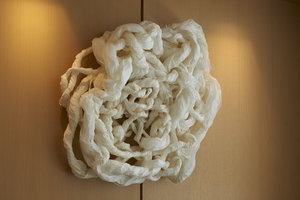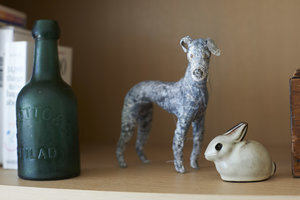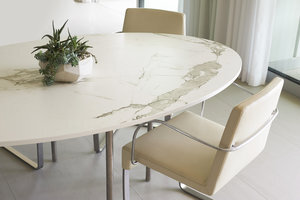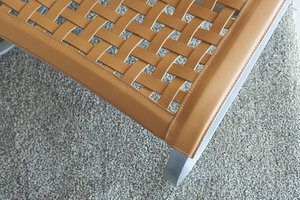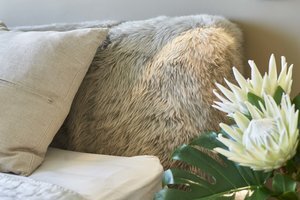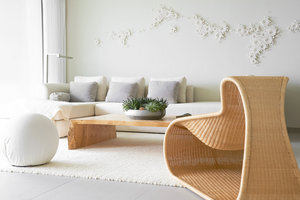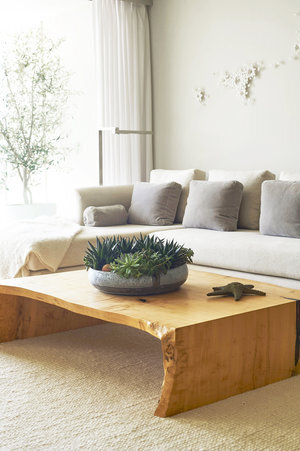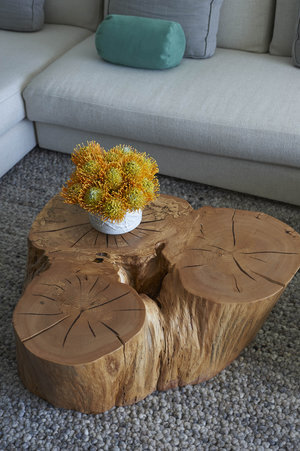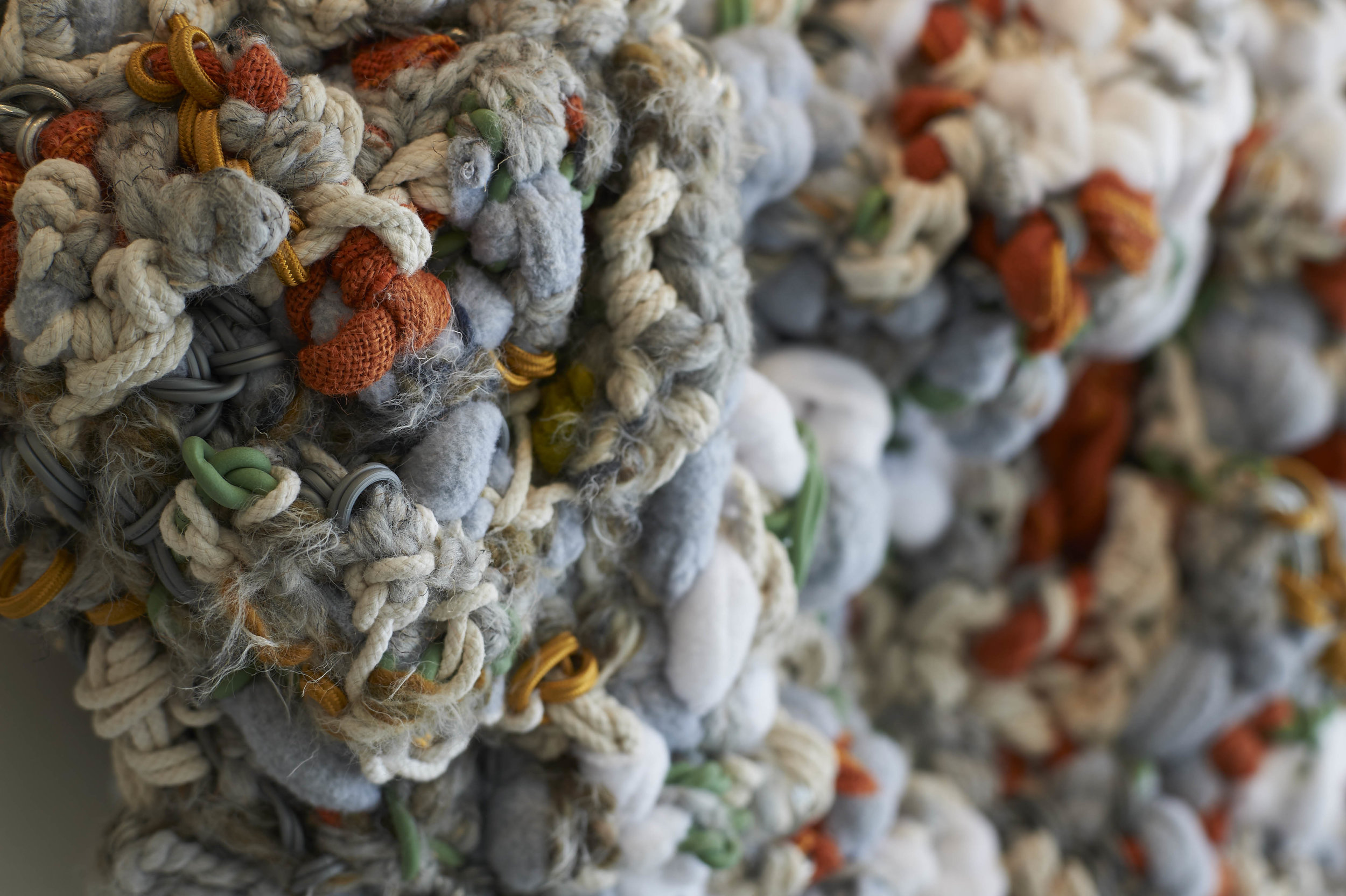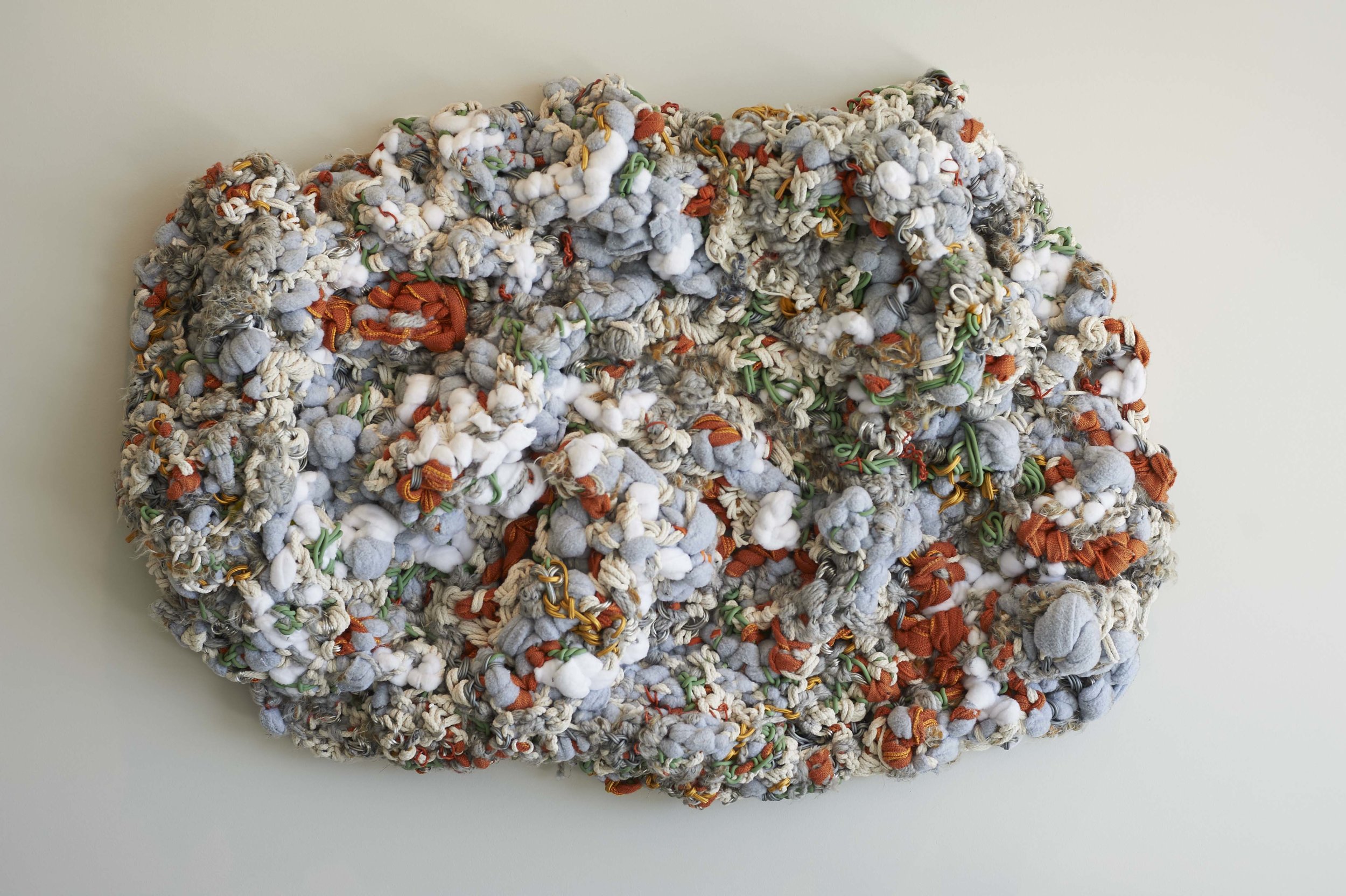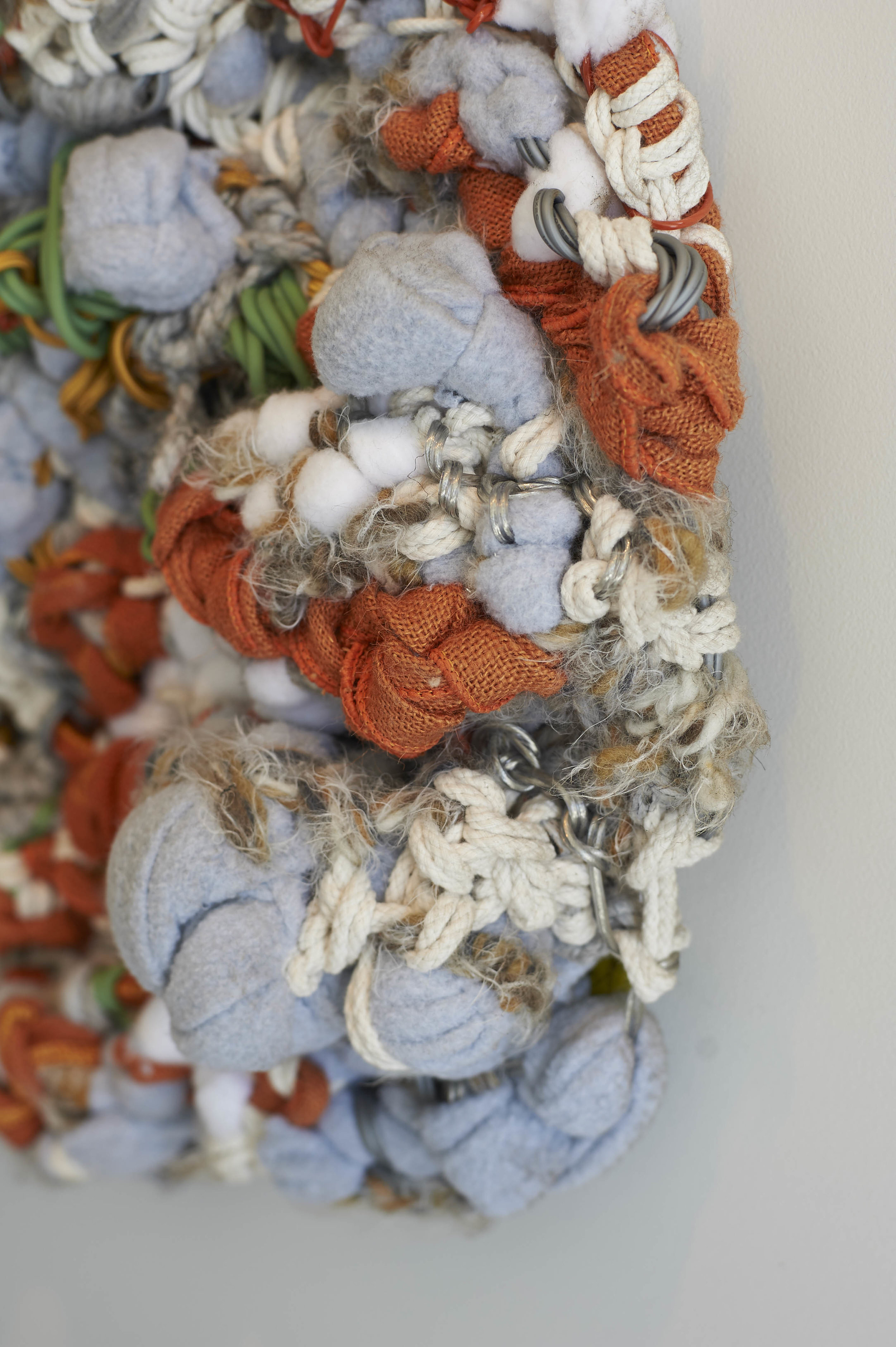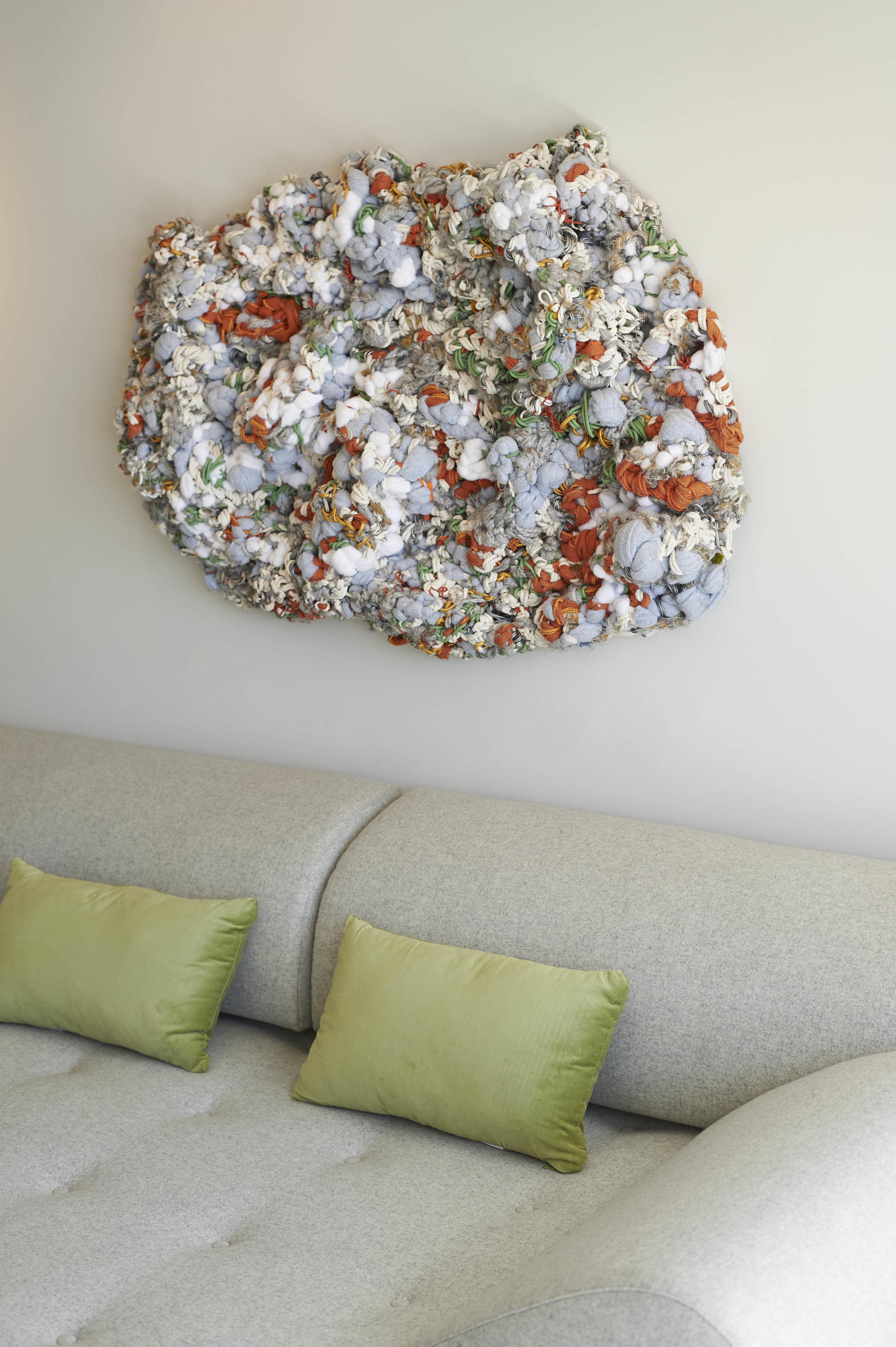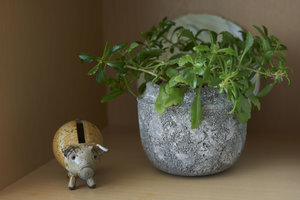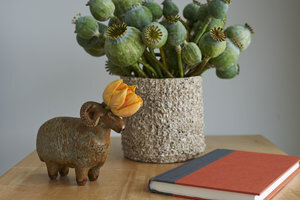Sarah Barnard Celebrates Over Ten Years of LEED Accreditation
/Leadership in Energy and Environmental Design Accredited Professional (LEED AP) designers bring their expertise to every project, creating healthy and environmentally responsible spaces for their clients. LEED certified buildings and homes provide lasting benefits for users, the surrounding community, project stakeholders, and the environment at large.
Photos by: Brad Nicol
A sustainably designed, constructed, and maintained LEED-certified building positively affects the health of its employees or residents by improving air quality, reducing exposure to toxins, and ensuring adequate levels of natural light. LEED buildings yield lower operating costs and higher resale values and lease-up rates for property owners. They also consume less water and energy, reduce carbon emissions, and divert waste from landfills.
LEED-certified homes benefit not only their inhabitants but the community and environment. Green homes offer year-round comfort and healthy indoor environments. They, too, use less water and energy, which is a win for homeowners’ wallets but also reduces strain on the community’s resources. LEED-certified homes are known to sell faster and for more money, which can raise property values for the entire neighborhood.
Sarah Barnard is an interior designer, WELL AP, and Legacy LEED AP who recently celebrated the 13th anniversary of earning her LEED credentials. Legacy LEED AP is the title given to early participants in the program who passed the LEED exam before 2009 when the U.S. Green Building Council introduced specialties.
“I care about the future of our environment and work to ensure that my home design projects support wellness for people and the planet,” says Barnard. “The Legacy LEED AP credential demonstrates my long-standing commitment to healthy, sustainable design.”
As a leading expert in her field, Barnard has given lectures at the University of California, Los Angeles (UCLA), California State University, Northridge (CSUN), Fashion Institute of Design and Merchandising (FIDM), and SCALE: The American Society of Interior Designers (ASID) National Student Summit. She has presented at the LA Home and Garden Show, Pacific Design Center, California Preservation Foundation, and Textile Arts LA. Most recently, OM Chats hosted Barnard and fellow design leaders Adaeze Cadet (AIA, LEED AP BD+C, Vice President at HKS) and Julie Smith-Clementi (AIA, ISDA, Product Designer and Architect, Smith-Clementi) to take part in a multi-speaker conversation around the role of empathy in home design.
In 2017, Barnard was recognized as an ASID Ones to Watch scholar in the program’s inaugural class. ASID created the leadership development training program to promote diversity and propel the industry forward. Barnard confers with a national network of her fellow interior design scholars to share research and feedback.
While the LEED rating system focuses on the design, construction, and operation of buildings, the WELL Building Standard emphasizes the health and wellness of the people inside of them. The LEED and WELL programs are complementary and receiving accreditation with both has informed Barnard’s holistic approach to healthy, sustainable home design.
Barnard is an advocate for consciousness, inclusivity, and compassion in the creative process. Through her speaking engagements, pro-bono work, and writing, Barnard hopes to draw attention to these critical design objectives. Barnard is creating a future that includes greener buildings, healthier interiors, and enlightened home design.


